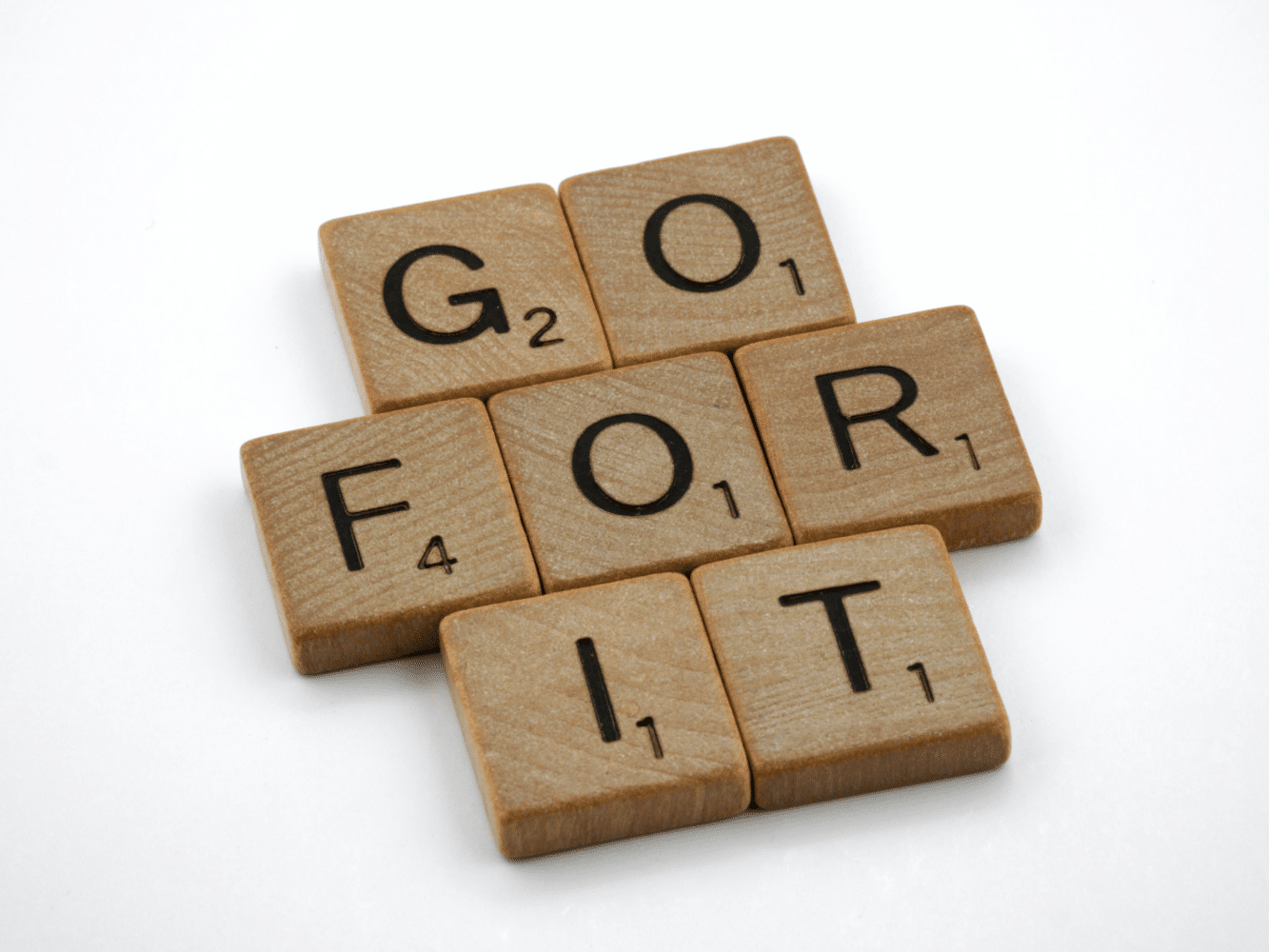Take pressure off yourself (and others) to learn techniques in full before moving on to the next.
3 reasons to choose partial over perfect:
It widens the window of opportunity to attempt the technique
It simplifies the movement to encourage action
It makes easier the connection to other techniques
1) Widen the window of opportunity. The further details are put into a technique the further it is from being applicable to anything outside a very specific window of opportunity. To have every detail accounted for assumes too many infinite variables to be just so, and narrows the chances of that perfect technique to occur. This is fine, and encouraged once you have many options to fill the rest of the space. But on initial exposure the strokes should be broad to cover as much area as possible. With each passing technique, and reexposure to old techs, we should then narrow each technique’s use in smaller idealized windows of opportunity. Learn it broadly initially, polish it finely over time.
2) Simplify the movement to avoid analysis paralysis. At first exposure with too many details, oftentimes each detail seems to carry equal weight in the success of the movement, broad brushes and fine brushes. Having to decide between the 2-3 broad brushes versus the 50 medium and 100 fine brushes, the odds of success drastically reduce. The rawest basics of a technique are easiest to remember, and as we’re presented with the cues for it in training, the more likely we are to initiate at least some part of it. Too much initial technical detail scatters our attention and causes us to either a) miss the opportunity to act at all or to b) focus on the frosting to cake we haven’t flour for. The focus on the leaves of a tree with no roots, the fingers required in the gi grip of a scissors sweep, with no scissors action of the legs. Broad strokes over fine strokes.
3) Make easier the connection to other techniques. The further we look into details of a particular movement the more moving parts it involves, and the less the total movement applies to other movements. Focusing on less details to the movements helps the movements apply to many more movements. In this, it’s easier to see the similarities between different techniques. Because of these similarities, we can easier connect seemingly different techniques across multiple positions. On one hand the tiniest details of a specific and narrow technique do apply to infinitely other techniques, but it’s only at the most specific and narrowest windows of those related techniques. The more broad the easier to connect.
We have better bang for our roll time when we focus on the broad strokes and just go for it in our live rolling. Keep it simple and go for it. Don’t wait for perfect. As we experiment, we’ll be given the feedback from our partial executions, and with this feedback we’ll fill the gaps and polish the details as we go. Partial over perfect.

